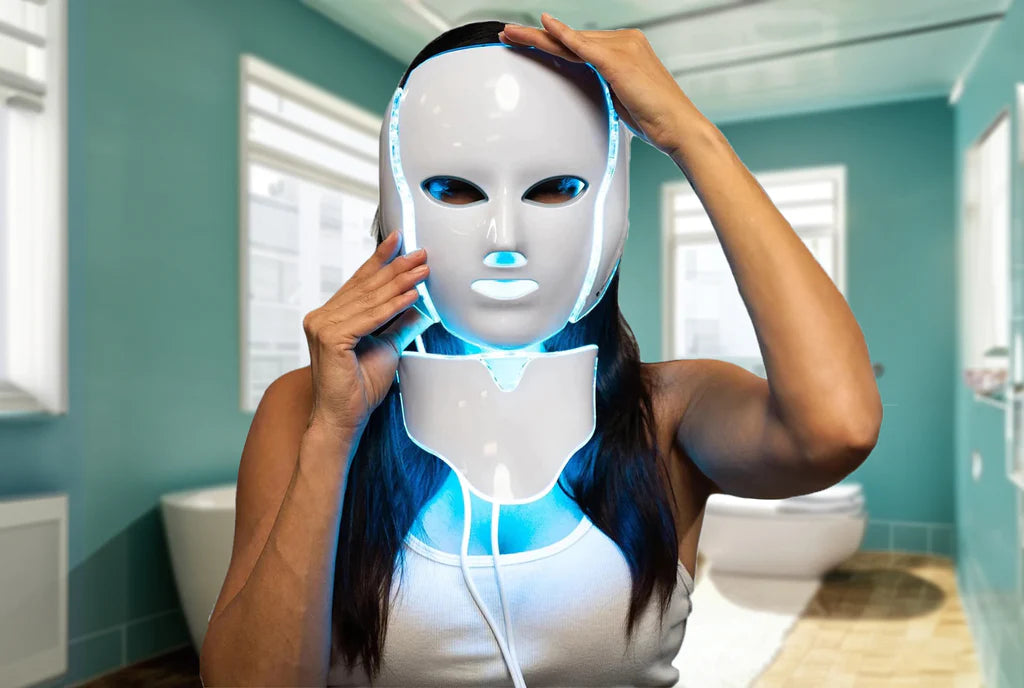Safety Pt. 2: Demystifying the Dangers of LED Light Therapy
Introduction to LED Light Therapy
Hey there! If you're curious about LED light therapy and wondering whether it's legal or safe to use at home, you're not alone. It's a hot topic among consumers, dermatologists, and health professionals globally. Today, we're diving into the science behind this popular skin treatment and addressing some of the most common concerns, so you can feel confident about using these devices at home.
What are LEDs and Why are They Beneficial for Skin Treatment?
LED stands for Light Emitting Diodes. These aren't just any light bulbs; they're specialized emitters used on the back of light therapy devices. Depending on their wavelength, they can penetrate different layers of your skin and kickstart natural healing processes, leading to clearer, healthier skin.
It's a bit like how plants use sunlight to grow—something you might remember from science class! We're so passionate about this topic that we're planning a whole separate post to dive deeper into it.
Is LED Light Therapy Dangerous?
The short answer is no. One key thing to remember is that LED therapy devices don't emit UV rays, which are known for their harmful effects. However, not all devices are created equal. When choosing an LED therapy device, it's crucial to pick one that's backed by solid clinical data, meets international testing standards, and is FDA approved.
At Novalight, we take pride in our rigorous scientific backing—with over 40 peer-reviewed articles to our name! We're committed to proving that our products are not only effective but also supremely safe.
Common Myths About LED Light Therapy
Does LED Light Therapy Cause Cancer?
Absolutely not. LED light therapy doesn't use radiation or heat and contains no UV rays, so it doesn't carry the same risks as sunlight exposure, like skin damage or cancer. And rest assured, it's nothing like a tanning bed.
Will LED Light Therapy Increase Pigmentation or Exacerbate Melasma?
Actually, the right wavelengths of red and near-infrared light (633 nm and 830 nm) can help decrease pigmentation, not increase it. Melasma, which is often exacerbated by heat, can also see improvement since LED therapy doesn’t generate heat. While we haven't specifically tested our devices for reducing melasma, many of our users have reported positive changes.
Conclusion: The Safety and Science Behind LED Light Therapy
With a better understanding of what LED light therapy is all about, you can confidently incorporate Novalight devices into your home skincare routine. They’re designed to improve your skin safely and effectively.
Curious about more details or want to see our clinical data? Drop us an email! We love helping you achieve your best skin from the comfort of your home.



Leave a comment
This site is protected by hCaptcha and the hCaptcha Privacy Policy and Terms of Service apply.